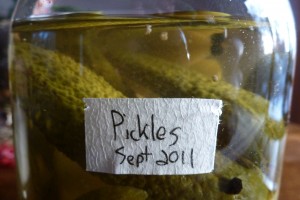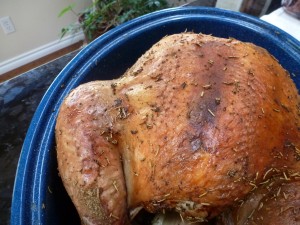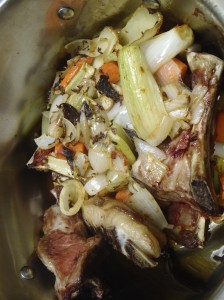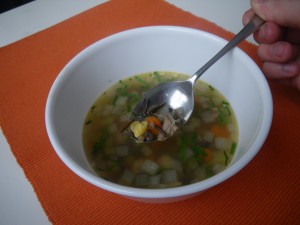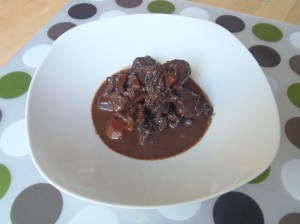We’ve been getting some great corn from Tipi Creek over the past few weeks. Then the ever-resourceful Judy came across a farmer who was about to till under an entire field of corn. Needless to say, many an ear has been husked and devoured in the past while.
Corn on the cob is one of my favourite things to eat in late summer – especially grilled so that some of the kernels are black, and of course slathered with butter – but with this much corn around, I’ve been trying some other classic preparations.
Flavourful Broth from Leftover Corn Cobs
With all due reverence to corn on the cob, I often find myself cutting off the kernels: it’s a … Continue reading.
